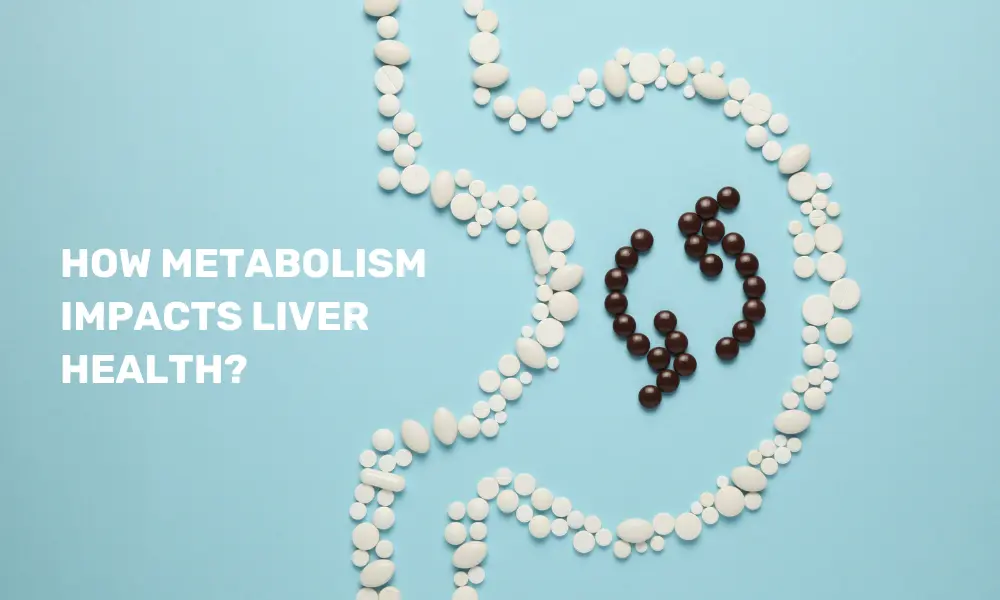Metabolic associated fatty liver disease or MAFLD has become a growing health concern, with a rapid increase in the number of cases being reported in the past few years.
Studies suggest an increased cardiovascular risk in type 2 diabetes patients having non-alcoholic fatty liver disease, which is also referred to as metabolic-associated fatty liver disease (NAFLD).
A new concerning trend is also emerging in recent studies indicating that patients of metabolic liver disease who also have type-2 diabetes are at a greater risk of cardiovascular diseases – however, an understanding of the mechanisms of how the cardiovascular risks are increased is still emerging.
A study published in the BMJ in 2024 indicated that both MAFLD contribute to a state of chronic, low-level inflammation throughout the body. This inflammation may be responsible for promoting the development of atherosclerosis (a condition characterized by fatty deposits within the arteries). The underlying cause is the body’s secretion of various cytokines.
While the exact link between MAFLD and cardiovascular disease in type 2 diabetes remains unclear, several potential contributing factors exist. Both conditions likely promote atherosclerosis (the hardening of arteries) through chronic inflammation and abnormal cholesterol levels. Additionally, other factors, such as fluctuation/changes in blood clotting tendencies, might further increase these patients’ risk of cardiovascular disease.
Causes of MAFLD:
Lifestyle plays an important role in the development and treatment of MAFLD (Metabolic associated fatty liver disease). Dietary practices that exacerbate hypertriglyceridemia (elevated triglycerides), hyperglycemia (high blood sugar, both fasting and postprandial), insulin resistance, and weight gain are associated with a heightened risk of developing MAFLD.
Type 2 diabetes and glucose tolerance are major risk factors that may cause MAFLD (Metabolic-associated fatty liver disease). Type 2 diabetes is when our body develops insulin resistance, elevated blood sugar (hyperglycemia), high triglyceride levels (hypertriglyceridemia), increased flow of free fatty acids from adipose tissue to the liver, and an accumulation of visceral fat. These characteristics collectively contribute to an increased risk of MAFLD.
Precautions/Preventions
The treatment of MAFLD lies in modifying lifestyle habits, which may include:
-
One must have a heart-healthy diet to reduce the risk of developing liver-related diseases.
-
Individuals must try to stick to healthy weight. Increased weight may impact the liver health. Therefore, one must stay active and reduce weight especially weight near the belly.
-
Exercise is another crucial lifestyle intervention in managing MAFLD. It substantially reduces hepatic steatosis (fatty liver).
-
Individuals must avoid or minimize heavy alcohol consumption as it may worsen liver health.
-
Smoking cessation can help individuals from developing MAFLD.
-
One must control sugar intake and improve insulin sensitivity.
Liver forms the core of our wellbeing. Liver health should be our priority as a good liver can substantially improve our health and life span. Click here to consult a doctor.
FAQ on Liver Health
What is the first stage of liver damage?
Inflammation and toxicity in our liver tissues are the first signs that may indicate liver damage.
Can liver disease be cured?
Yes, certain types of liver disease can be cured, while others can be managed with medications, lifestyle changes, weight control, and staying active.
What is the role of the liver in digestion?
The liver plays a crucial role in digestion. It produces bile, which helps in the digestion of fats. The liver helps in recycling proteins and iron. The liver processes and purifies blood that contains nutrients absorbed from the small intestine.





